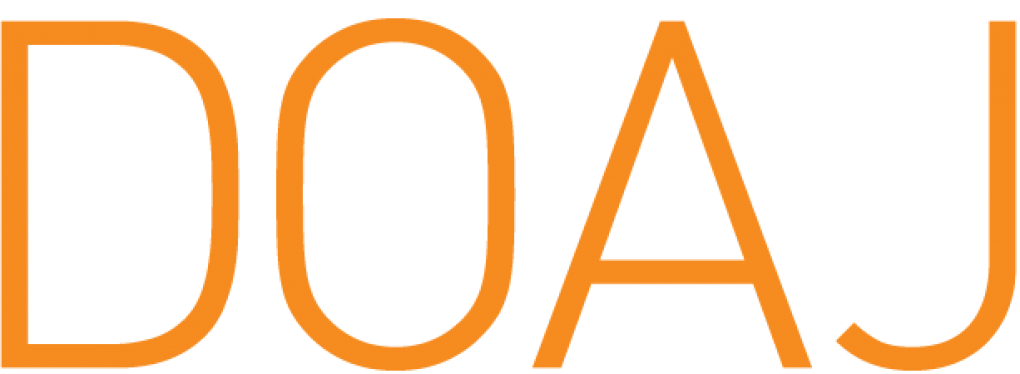Implications of Environmental and Social Impact Assessment (Esia) Of Power Project on Biodiversity at Victoria Island, Lagos; Nigeria
##plugins.themes.bootstrap3.article.main##
Abstract
The resources at the Victoria Island project site are integrated and multi-sectoral, requiring a participatory approach model for biological diversity planning and resource control despite the urgent need for development. A reconnaissance survey was conducted for the preliminary identification of environmental sensitivities. The inventory of fauna was conducted using both direct and indirect observations. The IUCN Red List was prioritized and duly considered to determine species status. The inventory revealed the presence of mollusk (Archachantina spp), insect groups (three families: Pieridae, Papilionidae, Nymphonidae)), reptilian species found on the site are Red-headed Agama Lizard and Common House Gecko, two urban birds of prey: Yellow Billed kite (Milvus migrans) and Common kestrel (Falco tinuculus). The presence of Ficus spp and other fecal indices indicate the presence of Fruit bats, including Straw-colored fruit bats (Eidolon helvum). The natural habitat that would be impacted includes mostly human built-up environment and the flora and fauna components that constitute relatively high biodiversity, as listed above, and critical habitat for the fauna species, including avifauna (birds), reptiles, and host of rodents. The essence is to balance socio-economic development with environmental utilization since the former is the major threat to biodiversity conservation. Therefore, the following mitigation measures were suggested; to carry out a comprehensive survey of species at the site, conversion of the plot of land (Buffer area) into a mini botanical garden, and collaboration efforts with Non-Governmental Organizations (NGOs) to conduct regular biodiversity studies.






